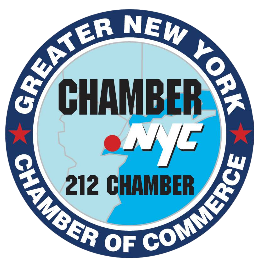Doing Business with the MTA
The Metropolitan Transportation Authority (MTA) is North America’s largest transportation network, serving millions of riders daily across subways, buses, and commuter railroads in the New York metropolitan area. Doing business with the MTA offers a wide range of opportunities for vendors, contractors, consultants, and suppliers.
1. Register as a Vendor
Before you can bid on MTA contracts, you must register with the MTA Vendor Portal at www.mymta.info. This portal allows businesses to:
- Create a vendor profile
- Search for solicitations
- Submit bids electronically
You’ll need your company’s basic information, a DUNS number, and possibly NAICS codes that match your products or services.
2. Understand the Procurement Process
The MTA follows strict public procurement rules to ensure fairness and transparency. Contracts are typically awarded through:
- Request for Proposals (RFPs) – for complex services or goods
- Invitation for Bids (IFBs) – for more straightforward projects
- Request for Qualifications (RFQs) – often used to shortlist firms for future projects
Procurements can range from construction and IT services to office supplies and maintenance.
3. Meet Compliance Requirements
Vendors must comply with various legal and regulatory requirements, which may include:
- Disadvantaged Business Enterprise (DBE) or Minority/Women-Owned Business Enterprise (M/WBE) certifications
- New York State labor laws and wage standards
- Insurance and bonding requirements
4. Certify as an M/WBE or DBE (If Applicable)
If you're a minority-, woman-, or disadvantaged-owned business, you may qualify for special programs through:
- New York State Empire State Development (ESD) – M/WBE certification
- U.S. Department of Transportation – DBE certification for federally funded projects
These certifications can increase your chances of subcontracting or bidding on set-aside opportunities.
5. Stay Informed About Opportunities
Monitor opportunities through:
- MTA’s Vendor Portal
- The New York State Contract Reporter (www.nyscr.ny.gov)
- MTA Capital Program updates (for infrastructure and modernization projects)
You can also attend MTA-sponsored outreach events, virtual webinars, and procurement fairs to network and learn about upcoming bids.
6. Build Relationships
Forming relationships with MTA procurement officers, project managers, or prime contractors can open doors, especially for new vendors or subcontractors. Responding to smaller solicitations or subcontracting can also help establish your performance history.
